CANNABIS IN AFRICA (history and modernity)
Globally, cannabis has many associations with Africa, one notable example being in the lyrics of Bob Marley. In another blog (‘How cannabis became illegal’), it was explained how cannabis culture was introduced into the USA mainly by Mexicans and immigrants from the Caribbean in the early 20th century. In this article we will see how cannabis culture originally arrived in Mexico and the Caribbean: from Africa.
Earliest evidence of cannabis in Africa
The earliest traces of cannabis in Africa have been found in pollen samples in Egypt and Botswana, dating from around 1800 BCE (Burney et al. 1994; Duvall 2015:72), from Kenya in 650 BCE (Rucina et al. 2010:8), and from Madagascar in 300 BCE, which became more abundant around 800 CE (Duvall 2019:74).
Cannabis culture arrives in Africa
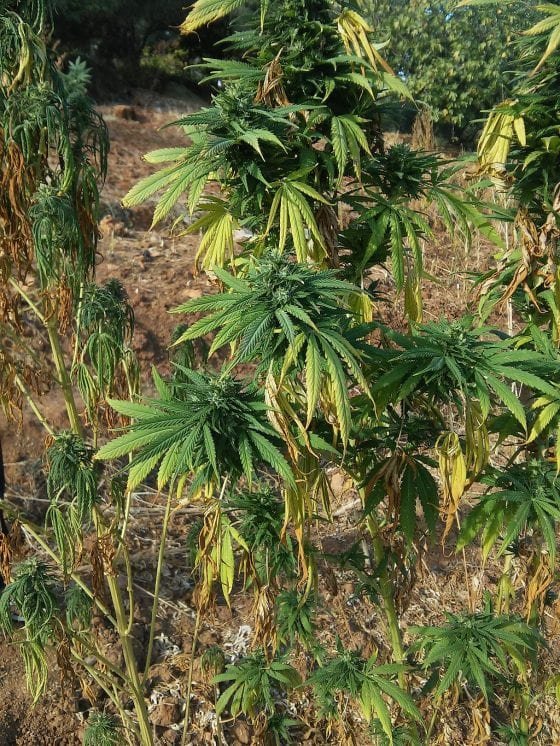
Even though these early traces of cannabis have been found in Africa, it was the wild, lawless Qalandar Sūfīs who were one of the groups who had a significant influence in first introducing recreational cannabis culture to Africa, to Egypt in the 13th century (see my blog ‘Changing Cannabis Laws in the Middle-East’). Qalandars famously ate bhāṅg in various kinds of preparations, particularly in sweets.
The earliest evidence of cannabis smoking in Africa has been found further south, in Ethiopia, where traces have been found in the ceramic bowls of pipes dating to around 1320 CE (van der Merwe 1975). Clarke and Merlin (2013:126) propose that sailors probably brought cannabis culture from India to the east coast of Africa, between 2,000 and 500 years ago. This seems plausible, because thousands of Africans from what was Abyssinia (which became Ethiopia) came to India, originally as slaves, perhaps as early as the 4th century CE, from the Horn of Africa. Indians also sailed to and settled in Ethiopia.
In India, these Ethiopians were known as Ḥabshīs. They gradually rose in status and became widely employed as soldiers and bodyguards. Between the 14th and 17th century they flourished in the Deccan sultanates and on the west coast of India as traders and artists; some, such as Malik Ambar (1548–1626), became rulers, in the Deccan, Gujarat, Uttar Pradesh and Bengal (Pandey 2014; Pillai 2018). This could perhaps be an important transmission route for cannabis arriving in Ethiopia.
Portuguese and Arab influences in Africa
From around 1500 CE, sailors on Portuguese ships plying the Indian Ocean more widely introduced cannabis culture from the west coast of India to the east coast of Africa, from the Horn of Africa as far south as Mozambique. In this coastal region cannabis is usually known as bang (from the Portuguese bangue, which comes from the Hindi term bhāṅg). It has also been suggested that cannabis may have also been introduced to east Africa by Arab traders, many of whom settled there before 1500 CE (du Toit 1974:268).
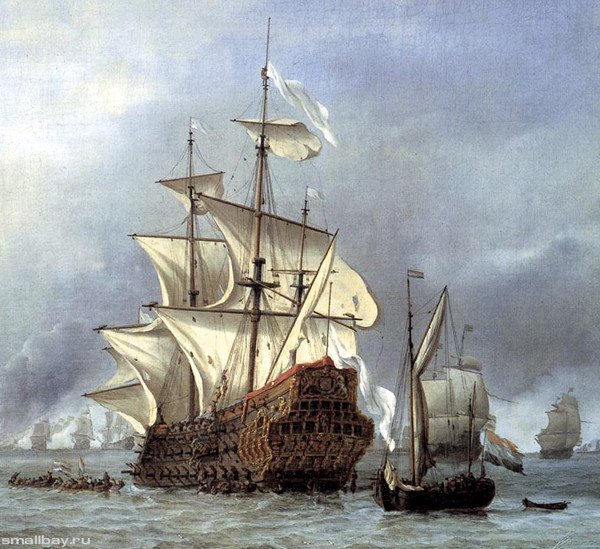
After 1500 CE, cannabis culture gradually spread further south, probably through Bantu-speaking people, from Mozambique to South Africa (du Toit 1975:84–86), where it is called dagga. From the south and from the eastern coast of Africa, cannabis culture then also spread to central and central west Africa, where it is usually called diamba/riamba/liamba, or a variant (du Toit 1975:87; Duvall 2015:92–94). Only much later, after 1850, did cannabis smoking spread north to the Sahara region and to countries in north-west Africa, such as Nigeria and Ghana. Cannabis may have also been introduced to the Congo basin in the nineteenth century by Arab traders looking for ivory. In the Congo region cannabis is smoked by hunter-gatherers (also called “Pygmies”), who are remarkably egalitarian. Some of them—particularly archers—claim that cannabis increases their energy and sharpness when hunting (Roulette and Hewlett 2018:518–519).
Cannabis and the African slave trade
Between the early 16th and 19th centuries around 12.5 million slaves were exported from Africa. Hundreds of thousands of them were taken from east Africa to west-central African ports, from where some took cannabis with them to the Caribbean region and Brazil. Between 1760 and 1860, the greatest slave traffic (69% of the total) was from (Portuguese) Angola to (Portuguese) Brazil. By the 1700s, slaves had introduced cannabis culture to South and Central America (Duvall 2015:100). Slaves and labourers often used cannabis to help relieve the oppressive conditions in which they lived.
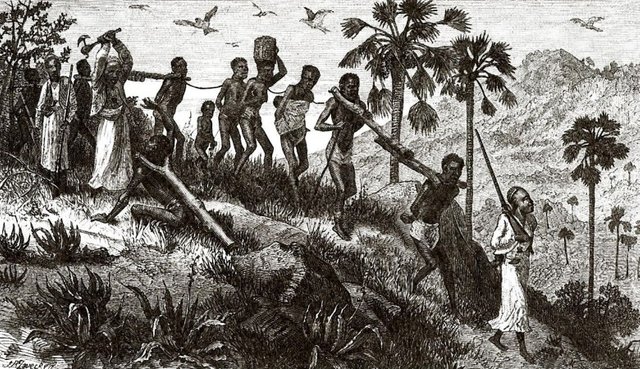
Another influence on cannabis culture in Africa was the arrival of indentured South Asian labourers who smoked cannabis. They were shipped worldwide by the British between 1810 and 1920 (Duvall 2019:45); many were taken from South Asia to South Africa in the late 1800s.
Cannabis prohibition in Africa
The first prohibitions against cannabis in Africa were in Egypt in the 13th century (see my blog ‘How cannabis became illegal’). Much later, in 1870, it was prohibited in both South Africa and Madagascar, in laws aimed primarily at the South Asian labourers who smoked it. Controls on cannabis use by South Asian labourers followed in Angola and Mozambique around 1875 (Duvall 2015:163). Cannabis was subsequently outlawed in Sudan in the 1880s, Egypt (again) in 1879, the Orange Free State in 1903 and in Mozambique in 1914. By 1925 cannabis had been prohibited in most of Africa (Duvall 2019:54–201; Khalida 1975:199).
In recent years, this trend has started to reverse. In 2005, Africa accounted for around 25% of the world’s cannabis production, grown in quantity in at least forty-three of its fifty-three countries (Destrebecq 2007:2–3). By the mid-1980s cannabis had become the most important (illegal) crop in Lesotho, in the south of Africa. South Africa, which legalized recreational cannabis use and small-scale cultivation in 2018, is supplied with cannabis to a large extent by Lesotho and Swaziland (Eswatini), where over 70% of farmers in the northern Hhohho region of Swaziland grow cannabis for sale, both to South Africa to the international market (Bloomer 2019:2). Swaziland is currently perhaps the largest weed exporter in Africa.
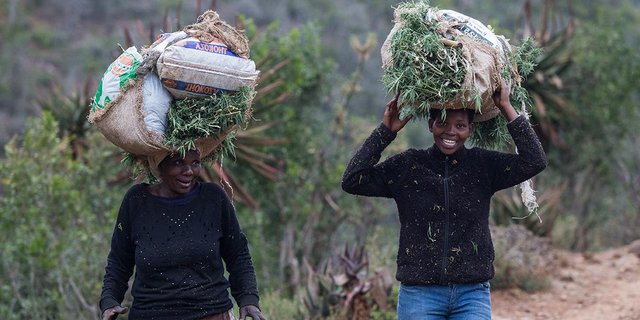
Lesotho legalised cannabis production for medical purposes in 2018, the first country in Africa to do so. However, this legal change may not necessarily benefit peasant farmers. Soon after, Zimbabwe and Zambia followed suit, as did Malawi, on 27th February 2020 (Bloomer 2019; Sowoya et al. 2020). It seems probable that before long all cannabis production in Africa could become legal, in one way or another.
Smoking cannabis
Pipes for smoking plants, including datura, dated to between 700 and 600 BCE, have been found in Chad, the lower Niger region and Botswana (Duvall 2019:58). In India, cannabis was eaten or drunk but not smoked before the introduction of tobacco by the Portuguese around 1600 CE, after which time cannabis was invariably smoked together with cannabis.

When cannabis culture arrived in east and south Africa, which was before the time of the adoption around 1600 CE of recreational smoking of both tobacco and cannabis in India, it was smoked in water pipes and other kinds of pipes (Duvall 2019:67), rather than eaten, as it used to be in Egypt. However, recently in Egypt, similarly to other African countries, only around 1.3% of consumers eat cannabis (Khalifa 1975:200). The culture of smoking cannabis was subsequently exported with the slave trade from Africa to the Caribbean and the Americas, on the other side of the Atlantic.
Moroccan kīf
Besides the evidence from Egypt, it remains uncertain when cannabis culture first flourished in the rest of north Africa and the Maghreb (Morocco, Algeria, Tunisia, Libya, Mauritania). The earliest reference to cannabis smoking in the Maghreb is from 1735 in Morocco (Duvall 2015:81), though it may have been used there from much earlier.
In Morocco kīf, a mixture of tobacco (30%) and herbal cannabis (70%), is widely smoked in small pipes (sebsi). Kīf (meaning ‘blessed repose’) is made exclusively from the small leaves of the flowering, female buds; the rest of the plant (the stems, larger leaves and seeds), known as zbil, is thrown away (Bowles 1972:158; Joseph 1975:187).
Photo: Morocco.
In 1888, cannabis farming was legally restricted to the Rif mountain region in the north in Morocco, by Sultan Mulay Hassan I ; permits were issued to farmers in five areas to continue production. At the end of the 19th century, 90% of France’s pharmaceutical cannabis was imported from Morocco. During the time when northern Morocco was a Spanish protectorate, from 1912 to 1956, the Spanish turned a blind eye to cannabis use there (Joseph 1975:191). Although cannabis was fully outlawed throughout Morocco in 1956, when the country became independent, production continued to be licensed, controlled and tolerated in the Rif mountain region, where it still continues to be openly farmed. A similar regime also operated in Tunisia until 1956. (Bewley-Taylor et al. (2014:12).
Moroccan hashish
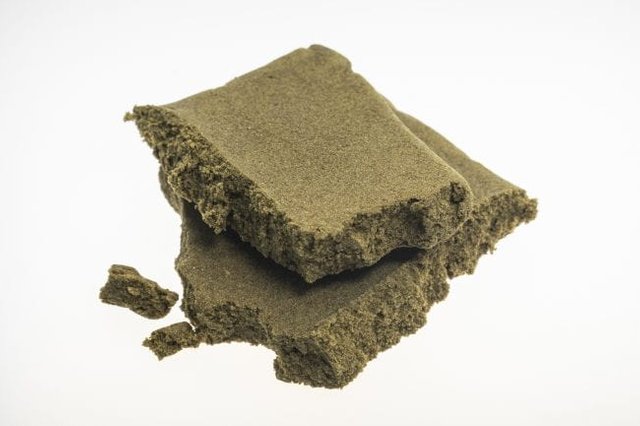
Since the 1960s, uniquely among African countries, Morocco has been well known in Europe as a source of hashish. It is also made on a small scale in Egypt and the Maghreb, but is rarely exported. It seems that hashish production really only began in Morocco and Algeria in the early 1920s (Duvall 2019:96, 102). For several decades Morocco has been by far the world’s largest producer. It is made predominantly in the Rif mountains, mostly in Ketama, but also nearby in Chefchaouen, Taunate and Al Hoceima (Destrebecq 2007:7). Production there increased significantly in the late 1970s, after war in the Middle-East reduced production in Lebanon. Some farmers who had improved hashish production, using better sieving methods (Cherniak 1979:24), moved from Lebanon to Morocco and boosted production and quality in Morocco (Bewley-Taylor et al. 2014:13).
In the last ten years or so, cross-breeding techniques of global plant varieties, partly by Dutch entrepreneurs, has further improved the quality and potency of Moroccan hashish, which since the 1980s has been produced in very large amounts. Farmers now produce high-quality ‘single-estate’ varieties. Never before have consumers in Europe been supplied with such high-grade hashish in such large volumes.

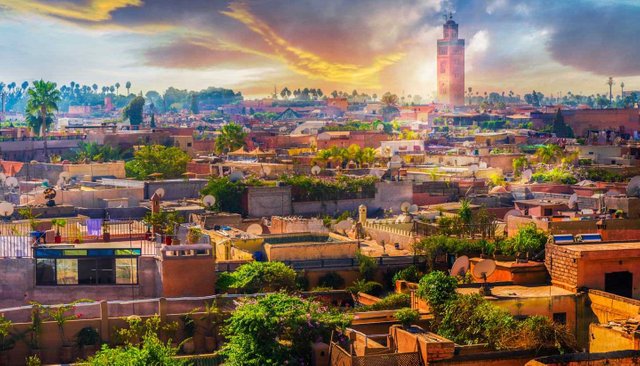
I have always been interested in studying history. Not so long ago I studied the question of the correctness of the use of cannabis. And so much can be found in the history of the origin of this product and how it was consumed from the very beginning. For myself, I found a way out in the use of bongs. I read a lot of useful information on the site https://wayofleaf.com/accessories/bongs/how-to-make-a-cheap-ass-bong . I hope I will be useful for you as well.